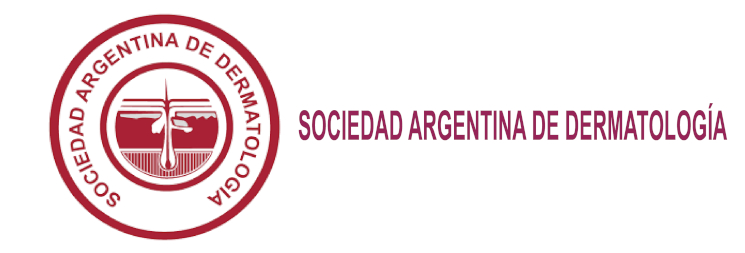CD30(+)-lymphoproliferative disorders. Report of a 26-case-series and literature review
Resumen
Background. CD30(+)-lymphoproliferative disorders (CD30(+)-LPD) constitute a heterogeneous group of neoplasms with different therapeutic approaches and outcomes. They can be primary cutaneous,
including lymphomatoid papulosis (LyP), primary cutaneous anaplastic large cell lymphoma (PC-ALCL) and borderline cases, which have good prognoses. A second group is secondary to another lymphoma,
such as anaplastic large cell lymphoma (ALCL) occurring after mycosis fungoides (MF-T), Sezary's syndrome, LyP, and Hodgkin's disease. Another different group of disorders showing CD30(+) expression,
not belonging to the groups above mentioned, must be kept in mind in order to perform a differential diagnosis, including rare primary lymphomas, such as adult T-cell leukemia/lymphoma, or
angiocentric cutaneous T-cell lymphoma of childhood (hydroa-like lymphoma), and secondary skin involvement due to systemic ALCL. As differential diagnosis among them is virtually impossible if based
on histological features alone, data on the clinical presentation and evolution are crucial to establish a correct diagnosis.
Objectives. The aim of this study is to review the clinicopathologic characteristics and to evaluate the prognosis of patients with confirmed CD30(+)-LPD evaluated and treated at the Department of Dermatology, Hospital General de Agudos "Dr. Cosme Argerich", and to review the literature.
Methods. We performed a retrospective analysis of the database from our Department. All patients meeting the clinicopathologic criteria of CD30(+)-LPD from November 1995 to September 2010 were included. A review of the clinical data was performed to assess the following parameters: diagnosis, sex, age at diagnosis, stage of disease, evolution time, response to treatment and survival.
Results. A total of 26 patients with diagnosis of CD30+ LPD were included. Nineteen (73%) were primary CD30(+)-LPD: 11 (58%) were LyP (4 associated to MF), 3 (16 %) were borderline cases, and 5
(26%) were PC-ALCL. Mean age at diagnosis was 56 years (range 27-84 years), 13 (68%) were male.
Mean follow-up time was 52 months. Among patients who received systemic treatment (n=19), remission was considered complete in 7 (37%), partial in 9 (47%) patients, and 3/19 patients showed spontaneous resolution. Two patients died (10%), both belonging to the PC-ALCL group. Seven patients (27%) were secondary CD30(+)-LPD, all of them related to MF-T, while 6 (86%) were male. Mean age
at transformation was 57 years, and mean follow-up time was 71 months. All patients required polychemotherapy.
Death occurred in 4 patients (57%), and in 3 patients delay between initial diagnosis to transformation was less than 2 years. Overall survival between both groups was statistically significant (p=0.028).
Conclusions. Primary cutaneous CD30(+)-LPD have good prognosis and spontaneous resolution has been observed in some patients. Even though in our report PC-ALCL had an unusually high mortality rate (40%), we have reasons to believe those deaths were not directly related to the lymphomas. Contrary to what is observed in primary CD30(+)-LPD, secondary disorders show a more aggressive course with much lower survival rates. In our series mortality rate was higher than 50%, and every patient required systemic polychemotherapy
(Dermatol. Argent., 2011, 17(4): 284-293).
Keywords: lymphomas, CD30+, lymphomatoid papulosis, primary cutaneous anaplastic large cell lymphoma, borderline, transformed
mycosis fungoides.
Publicado
Número
Sección
Licencia
El/los autor/es tranfieren todos los derechos de autor del manuscrito arriba mencionado a Dermatología Argentina en el caso de que el trabajo sea publicado. El/los autor/es declaran que el artículo es original, que no infringe ningún derecho de propiedad intelectual u otros derechos de terceros, que no se encuentra bajo consideración de otra revista y que no ha sido previamente publicado.
Le solicitamos haga click aquí para imprimir, firmar y enviar por correo postal la transferencia de los derechos de autor












